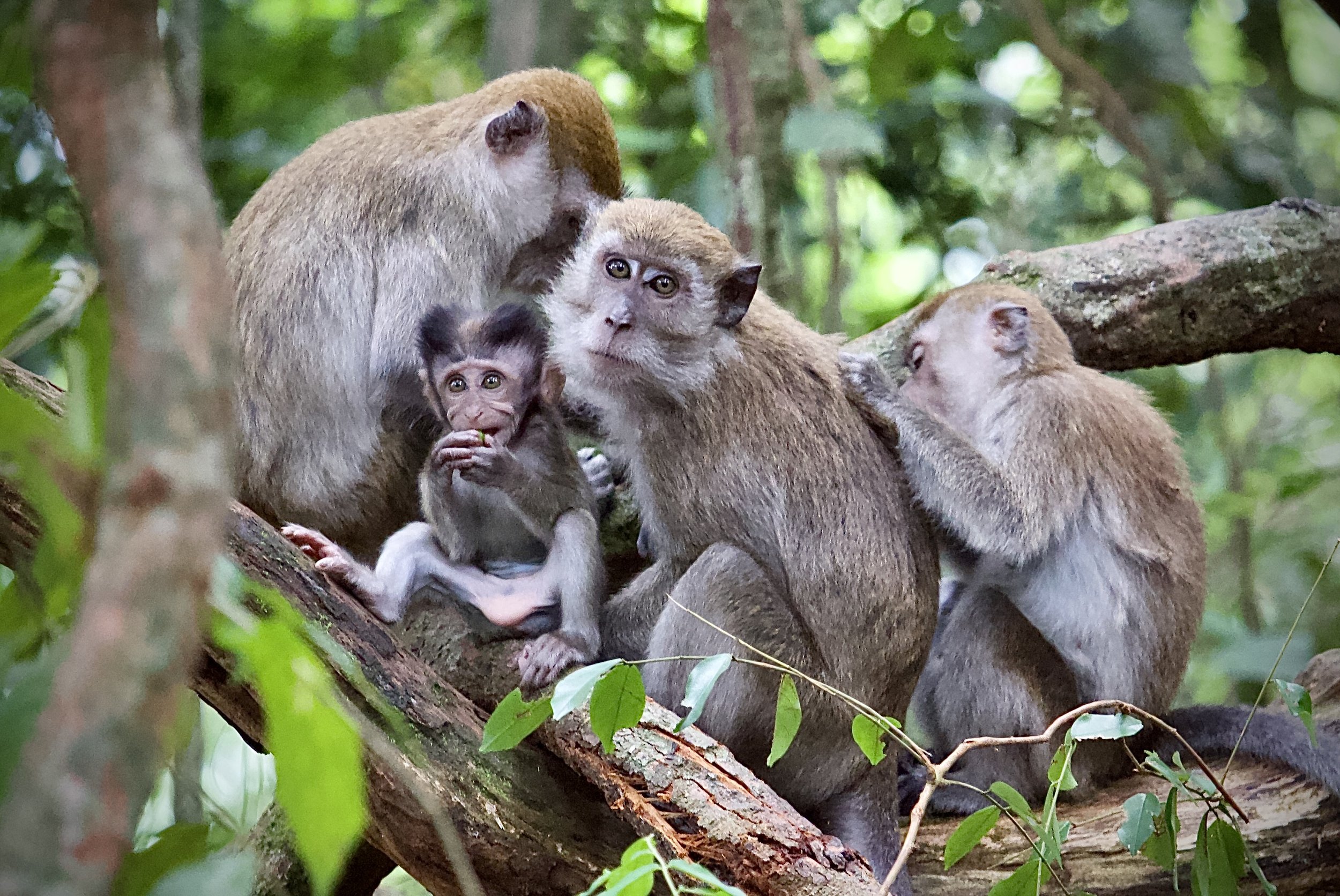For centuries art has been used as a means to express oneself. It is a medium that has been used to share one's thoughts, experiences, emotions, and desires.
Image of embroidery artists by Susu Hauser
In 2006, textile artists Mary Ann Wise and Jody Slocum visited Guatemala to observe how Maya women weaved intricate designs on backstrap looms. A few years later, they returned to the community to teach the women the art of rug hooking. Shortly after, both Reyna Pretzantzin and Cheryl Conway-Daly joined the team. Their shared love for textile art and supporting women’s economic development led these four women with unique backgrounds to create the non-profit association Multicolores in 2014.
“Multicolores is love, commitment, and support, brought to life by the artists’ colorful palette and creative voice,” says Cheryl Conway-Daly.
Traditional Mayan clothing (indumentaria maya) is adorned with unique motifs, nahuales, and designs. The clothing explores personal and family stories, legends, folktales, community identity, and Mayan heritage, and showcases the artist’s imagination. Embroidery and rug-hooking are taught through the creative economic development program.
Image of completed rug by Susu Hauser
“The rugs signify our culture, but also our efforts, how we have been able to get ahead. The rugs are part of us, part of our struggle to be valued, respected, and recognized,” says Ramona Tzunún, rug-hooking artist.
Each rug first starts with a cotton-based cloth and a fine cotton thread that is woven and cut to the desired size. Artists then use homemade cardboard templates to trace the shapes of different designs onto the base cloth. The hook work is made out of strips of fabric cut from recycled second-hand clothes (paca); these pieces of fabric are used to add layers to the designs.
“The way we use recycled materials is unique and innovative. It’s an honor for us because we’ve found a way to use pieces of clothing that would otherwise be burned or sent to the landfill. In this way, we’re helping our families, the environment, and our community at the same time,” says Glendy Muj, rug-hooking artist.
Image of Guatemalan woman creating a design to embroider by Susu Hauser
Twenty women from the community took part in the first rug-hooking class. This craft has provided the women within these communities the ability to generate their income. Currently, 62 artists earn an income through Multicolores, and a total of 280 family members are being supported through this initiative. This led to the creation of the Teach the Teachers program, where artists who had completed the creative and economic development program were given the opportunity to participate, share their skills, and knowledge with fellow community members.
“Having an income makes me so much more independent…when we have our own source of income, it changes our sense of self-esteem and independence,” says Nicolasa Pacay, rug-hooking artist.
Image of women rug hooking by Susu Hauser
The team at Multicolores works with women from the Maya K’iché, Kaqchiquel, and Tzutujil, who are Indigenous to the Guatemalan highlands; they support them through their self-discovery and artistic development. The artists at Multicolores represent nine different communities from the regions of Sololà, Totonicapàn, Quiché, Quetzaltenango, and Sacatepéquez.
“What we find in Multicolores is the opportunity to express ourselves. We work hard and feel joy in our work. Multicolores means having new experiences, learning new skills, meeting new people, and visiting places we have never been before. In Multicolores, all of us are artists,” says embroidery artist Micaela Yaj.
Follow Multicolores Guatemala on Instagram and learn more about the work being done at Multicolores.








